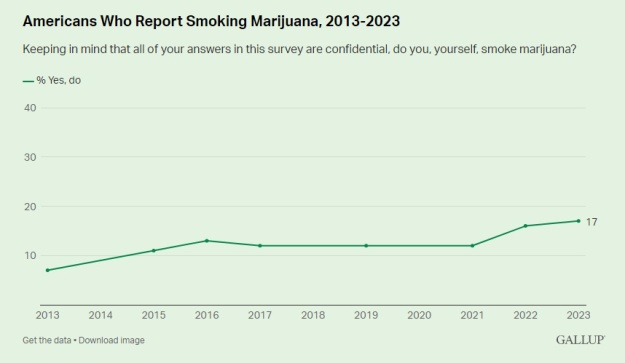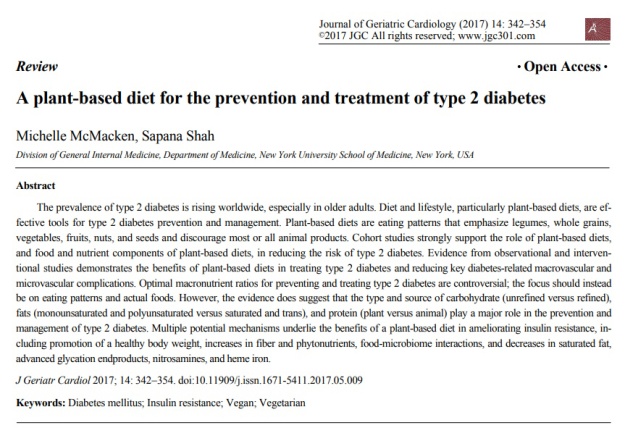Below is an approximation of this video’s audio content. To see any graphs, charts, graphics, images, and quotes to which Dr. Greger may be referring, watch the above video.
It is now widely accepted that diets high in animal fat and processed foods are an important risk factor for development of type 2 diabetes. And it’s not just animal fat, but animal protein intake intensifies insulin resistance, which predisposes people to type 2 diabetes. No wonder studies have shown that elevated consumption of animal products and low intake of unprocessed plant foods increases the risk of not only cardiovascular disease but diabetes. But of all the whole plant foods to pick, why choose oatmeal to treat diabetes, which, as I discussed in my last video, was used for the treatment of diabetes before insulin was discovered.
We’ve long known that higher consumption of whole grains, including oats, is associated with a lower risk of diabetes. But you don’t know, until you put it to the test. There have been over a dozen randomized controlled trials looking at the metabolic effects of oats intake in patients with type 2 diabetes. Oats were found to significantly improve both short-term blood sugar control and long-term blood sugar control, in addition to lowering cholesterol levels. We think the benefits arise from a fermentable fiber in oats called beta glucan, because you can get cholesterol-lowering even if you just give the oat fiber straight––as well as an improvement in blood sugar control and insulin sensitivity in both type 2 diabetics as well as type 1 diabetics. How exactly does the fiber do that? Well, we know one of the underlying cholesterol-lowering mechanisms of oatmeal consumption might be its microbiome-manipulating ability––in other words, having a beneficial effect on our intestinal bacteria.
A little fiber goes a long way. Here, they were talking about the anti-inflammatory effects of the short-chain fatty acids that our good gut flora makes from fiber. There are dozens of randomized controlled trials showing the types of fiber found in oats and beans can improve long-term blood sugar control in diabetics—in fact, nearly double the FDA threshold required for new blood sugar-lowering drugs. Why? Because the gut bacteria selectively promoted by dietary fiber intake can help alleviate type 2 diabetes.
In fact, on the basis of 50 distinct bacterial markers of the feces, you can tell who does and does not have diabetes. But change your diet, and you can change your gut flora within one day. We feed them with fiber, and in return, they feed us right back with these short-chain fatty acids, like butyrate that have all these wonderful effects. Put people on a diet packed with oats, beans, fruits, vegetables, and nuts, and the number of fiber-feeders churning out the beneficial short-chain fatty acids shoots up, and fasting diabetic blood sugars drop about 25 percent within one month. And the more fiber-feeders they fostered, the better their blood sugar control. When the fiber-promoted short-chain fatty acid producers were present in greater diversity and abundance, participants had better improvement in their hemoglobin A1c levels (which is a measure of longer-term blood sugar control). Then, before-and-after fecal transplant studies helped nail down cause and effect.
The oat fiber itself has been shown to act as a prebiotic, boosting the growth of beneficial bacteria like lactobacillus and bifidobacteria. So, between the lack of animal protein, lack of animal fat, and bursting at the seams with prebiotic fiber, it’s no wonder that oatmeal diets grew to become part of the clinical routine in the treatment of diabetics. However, over time, this practice has later become increasingly forgotten, a disappearance that’s been compared to the fate of unpopular theories in successive editions of Soviet encyclopedias.
Despite advances in therapy, we still have many people with poorly controlled diabetes. Thankfully this forgotten tool is back. I’ll review all the new oatmeal diet studies next.





